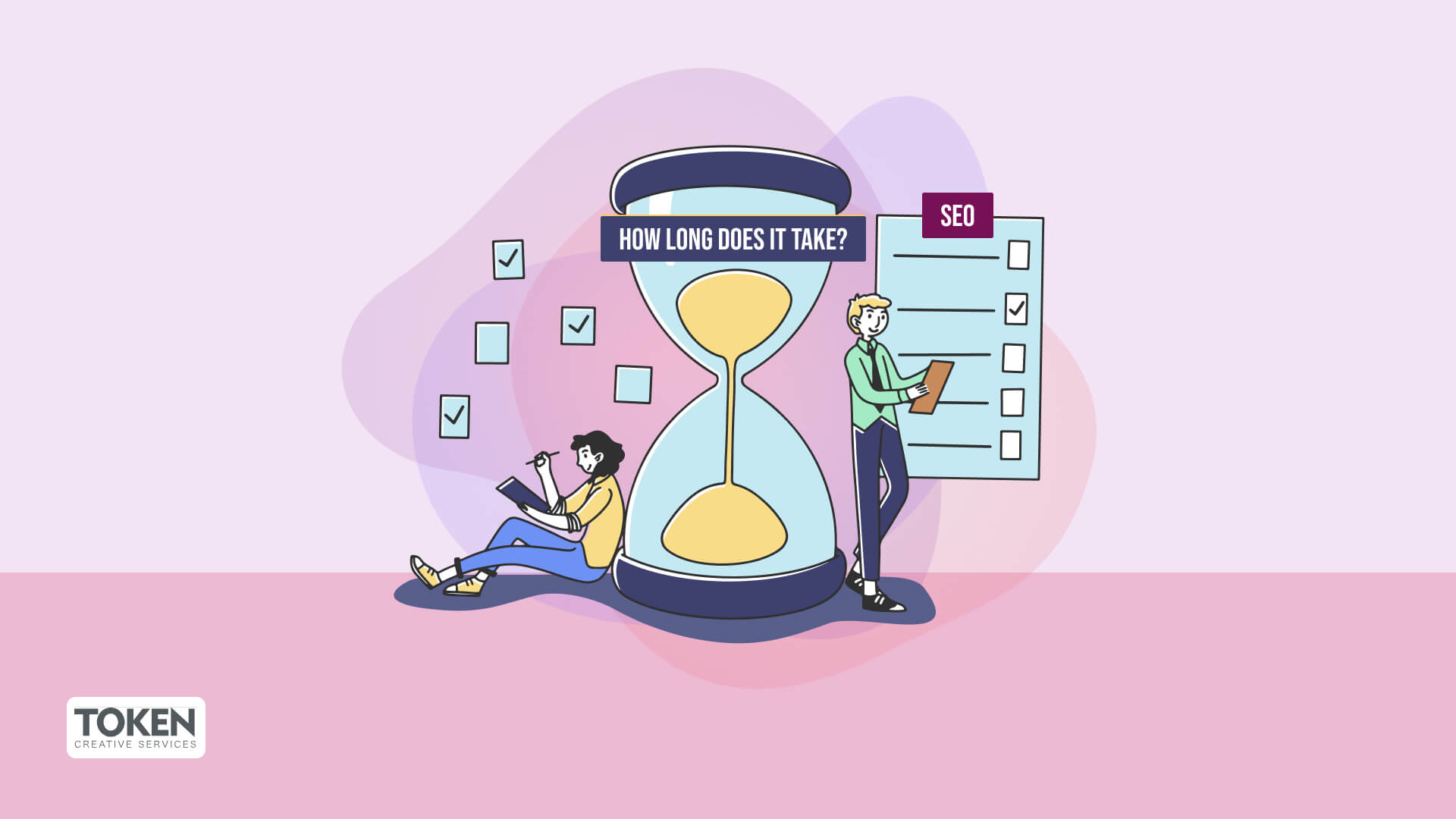
In today's online landscape, eCommerce SEO is a fundamental aspect of running a profitable internet store. With Google and Bing being the primary source of visitors for most digital retail businesses, enhancing your website for SEO can significantly impact your visibility, revenue, and overall expansion. According to BrightEdge, over 53% of all site visits comes from natural search, making it vital for digital retailers to focus on SEO tactics that boost rankings and increase conversions. This manual will walk you through eCommerce SEO strategies, best practices, and real-world data findings to help your business succeed in a crowded market.
Understanding Online Store SEO and Its Significance
SEO for eCommerce sites goes beyond basic site optimization. It involves improving item listings, category pages, and the overall site architecture to boost rankings and user experience. According to Moz, the top-ranking websites on Google receive 31.7% of all clicks, while lower-ranked pages get significantly less exposure. By implementing an well-planned eCommerce SEO strategy, businesses can generate natural visitors and reduce reliance on paid advertising.
Key eCommerce SEO elementsinclude keyword analysis, technical SEO, schema markup, site speed, and mobile-friendliness. Google’s mobile-first indexing further highlights the necessity of optimizing for mobile eCommerce, as over 72.9% of online store sales now come from smartphones and tablets (Insider Intelligence).
Keyword Research: The Foundation of Online Store SEO
Proper online store keyword analysis is crucial for ranking higher in Google results. By finding the right search terms, businesses can reach potential buyers how to optimize product descriptions for SEO at different phases of the purchase journey.
Steps for Successful Keyword Discovery:
Identify Transactional Keywords: Use platforms like Google Keyword Planner, Ahrefs, and SEMrush to find high-converting buying-related keywords (e.g., "buy running shoes online").
Leverage Long-Tail Keywords: Search terms like "best running shoes for flat feet" often have lower competition and better purchase likelihood.
Analyze Competitor Keywords: Platforms like SpyFu and Ubersuggest help find search terms that generate traffic to organic traffic competitor sites.
Optimizing Item and Collection Pages for SEO
Item and collection listings play a crucial role in eCommerce SEO. Optimizing these pages ensures better rankings and a seamless customer journey.
Best Methods for Item Page SEO:
Use Original Item Descriptions: Prevent duplicate text by crafting custom descriptions.
Optimize Headings & Meta Summaries: Include main search terms while keeping them SEO best practices appealing and to-the-point.
Add Clear Images with Descriptions: Enhances SEO visibility and enhances user experience.
Internal Linking: Direct customers and crawlers to related products and collections.
Enhance Your Online Store Sales with Expert SEO
Finding it difficult to rank higher and increase website traffic to your online store? Token Creative Services offers top-notch eCommerce SEO that improves visibility, brings in targeted customers, and increases conversions.
Stand out in search. Increase conversions. Dominate your market.
Reach out now for a results-driven SEO solution that drives success.
Conclusion
eCommerce SEO is a continuous investment that demands strategic approach, execution, and consistency. By following best methods, optimizing item and category listings, and concentrating on technical SEO, digital retailers can achieve long-term growth. As search engine ranking factors continue to evolve, remaining informed with the newest eCommerce SEO trends is essential.
Are you prepared to take your online store to the higher stage? Begin optimizing today.
Comments on “The Ultimate eCommerce SEO Guide: Strategies, Tricks & Best Methods for Online Growth”